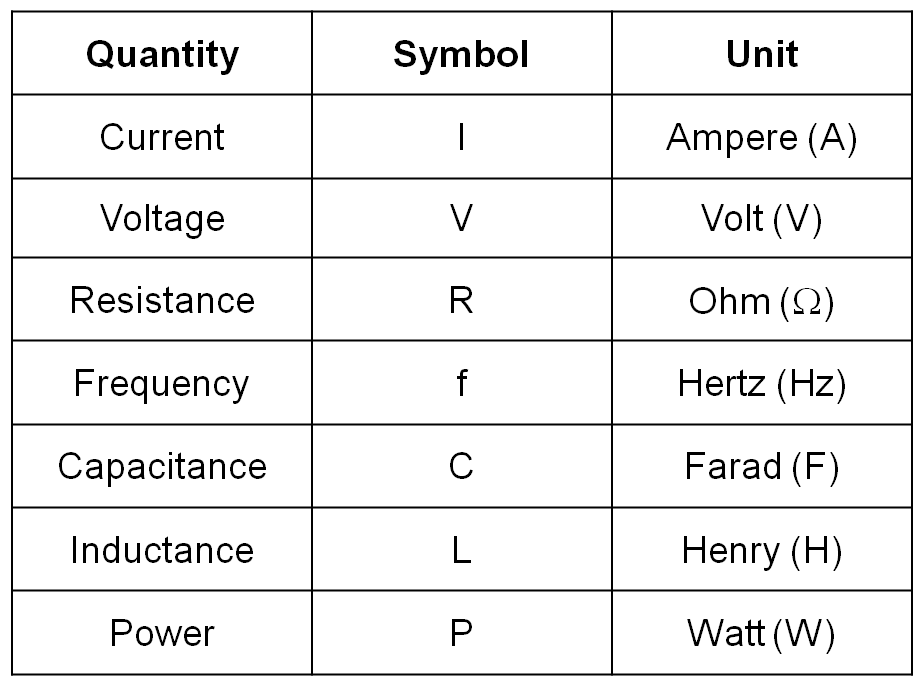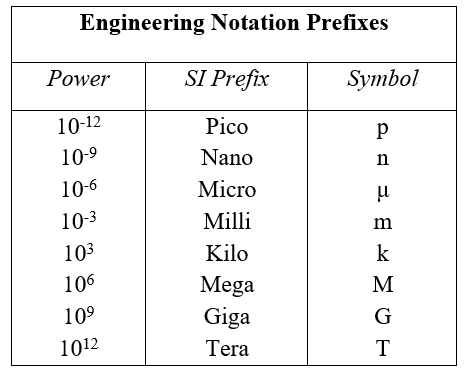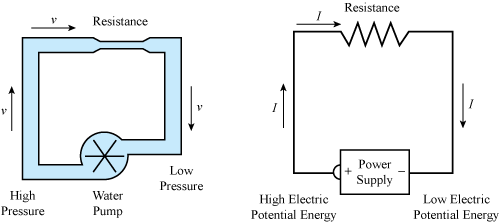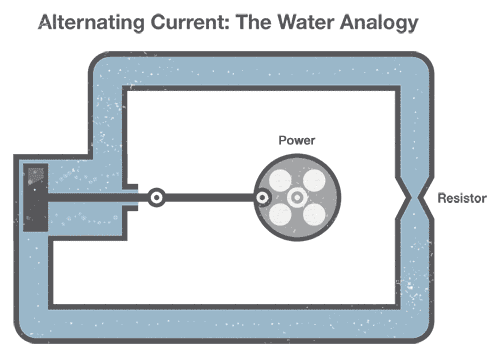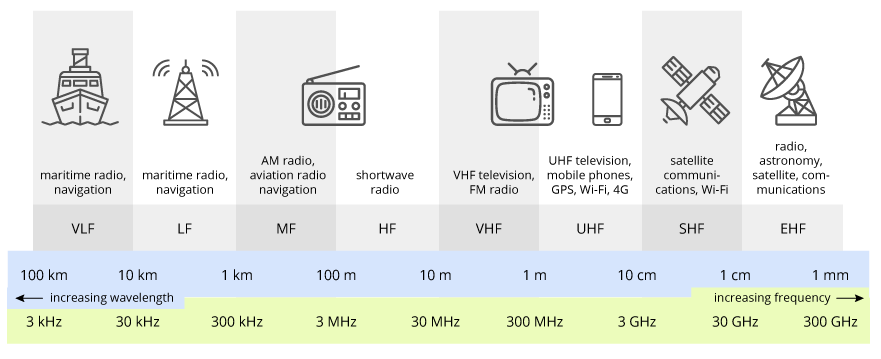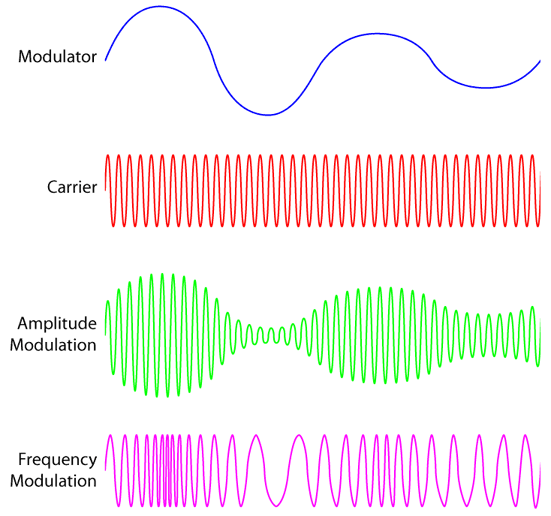3.1 Units of measurement, abbreviations...
The units of measure for Voltage, Current, Resistance and Power require a basic understanding of the quantities themselves, and a context, such as a circuit. A circuit is a number of components that are connected together using conductive materials (usually, copper wires). Voltage is the difference in electrical pressure between two points in a circuit. Voltage is measured in Volts, and has the Symbol V (or E, for Electromotive Force (e.m.f.)). The difference in charge encourages electrons (negatively charged sub-atomic particles) to move from one point to the other. E.M.F. is literally the force that moves electrons. The rate of movement of electrons is called Current. It is the flow of electrons. Current is measured in Amperes, and has the Symbol I. Resistance is the opposition to current. It limits the current in a circuit. Resistance is measured in Ohms, and has the Symbol R. Each of the quantities has an abbreviation for the Units in which it is measured. Those abbreviations are in the table shown, along with some other quantities that we will mention later.
Power is the rate at which work is done, where work is the conversion of one form of energy into another. In the context of a simple circuit, the work is the rate at which electrical energy is converted into heat energy. Why does this happern? To pull an electron out of its orbit around an atom, reqires a very small amount of energy. The difference in between the positive and negative electrical charges in the circuit, takes care of that. The electrical energy is consumed. The free electron can then migrate to an adjacent atom. When the electron drops into the orbit of this new atom, the same small amount of energy is released. It is radiated as heat.
Power is measured in Watts, and has the symbol P. Electrical parts have a power rating based on their limit in regard to the rate at which the energy conversion occurs.
- Lamps (eg. 60 W)
- Motors (eg. 400 W)
- Resistors (10 W)
- Heaters (1800 W)
The Power of a Radio Emission is also given in Watts.
- For a Foundation qualification, Maximum Peak Transmission Power = 10 Watts
- For a Standard qualification, Maximum Peak Transmission Power = 100 Watts
- For an Advanced qualification, Maximum Peak Transmission Power = 400 Watts
